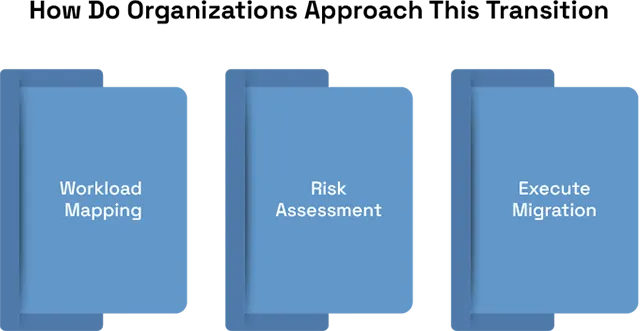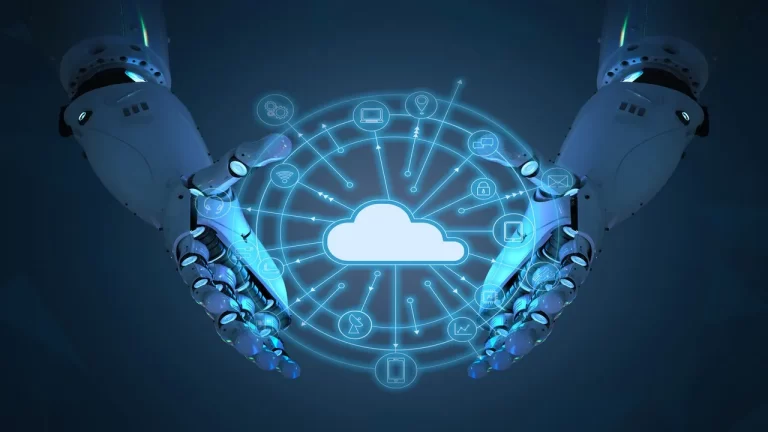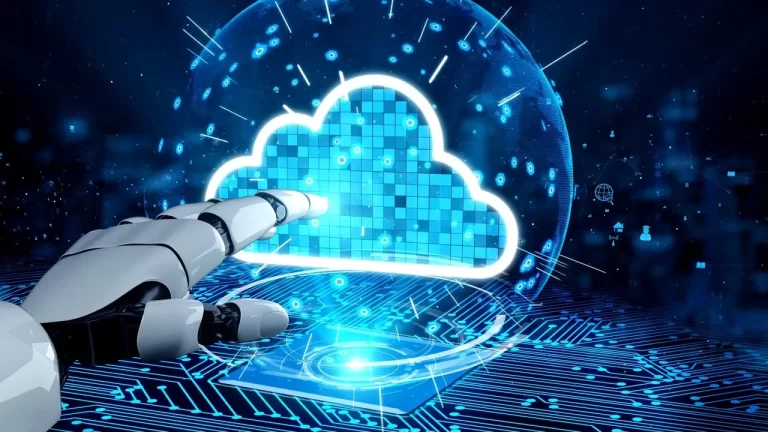Continuing into 2025 and beyond, data center migration and modernization have evolved from being just IT projects to being considered business enablers. Today’s companies and institutions across sectors are facing the problem of the transition from outdated, rigid, and most often proprietary infrastructure to adaptive, elastic, and liberated cloud technologies and architectures. However, the new generation of workloads, such as artificial intelligence and hybrid clouds, coupled with an increased focus on green IT, are unfavorable for traditional data centers. This means migration is not just about moving hardware; rather, it is all about starting to envision architecture, security, and performance in a new way to optimize for the future.
Nevertheless, the breaking of this frontier comes with many issues that should be addressed. Challenges that entail times of disruption include risks of downtime, incompatibilities with application systems, facets of regulation, and lack of available skill sets within the enterprise business. This pressure is born from the need for change at the speed of today’s society, but not affecting the current services being offered. For many organizations, this represents a sizable investment, so it is highly difficult to retain a cost-effective migration plan without considering the strategic vision and the execution plan applied. By the end of the year 2025, the organizations that will succeed are those that will adopt modernization not as a single exercise but as an ongoing process.
What is Data Center Migration and Modernization?
The process of relocating servers together with infrastructure and applications from a primary location to a secondary location is called “data center migration.” The process of data center movement constitutes “data center migration” when it happens between separate physical data center locales. to another or from inside the company premises to outside, from lower capacity to higher capacity equipment. There is also an advancement that aims at improving the performance of the centers, systems, software, and processes to provide the best efficiency, security, and effectiveness that is required in today’s world.
In parallel, migration and modernization create a new environment that can be more efficient and capable of adapting to the new technologies of automation, scalability, and cloud natives. As companies are going through continuous digitization, this becomes vital to accommodate demands on availability, low latency, and data compliance. The ‘what’ of this process provides the background of the need for the change as well as the extent of alteration that is needed.

Why are Migration and Modernization Critical Today?
Due to the advancement in technology and high cyber-economy proportions, organizations have never before witnessed a significant change in their data centers. The aging infrastructure cannot accommodate other types of workloads and is inflexible, which results in an elongated mean time, high cost of operation, and susceptibility to attacks. Migration and modernization relate to these issues, making sure that the systems maintain flexibility, conformity, and affordability.
Also, business continuity and customers’ expectations result in the need to advance the unit’s performance and availability. It makes it possible for businesses to produce tangible advantages. Given that more and more companies are operating in data-centered markets, modern cloud or hybrid infrastructure can be a key factor. It’s not about technology per se. I’m telling you this because the world is changing fast, and one needs to be relevant and survive in this world.
How Do Organizations Approach This Transition?
Data center migration, together with modernization, follows predefined phases throughout the process. The core steps include a pre-migration assessment of the structure, mapping of the application and workload, risk assessment, and defining objectives for migration. Depending on the IT environment that a business is in, it may choose between a lift and shift and re-platforming or even taking the more drastic path of re-platforming to suit the current generation.
Execution requires collaboration between IT, operations, and business departments. Software automations, virtualization techniques, and cloud services can even be considered instruments occasionally. This helps reduce circumstances when data is lost or when the operations of a business are interrupted in some way. Many organizations agree with the fact that after modernization has occurred, optimization and auditing processes are a must in order to unlock all the benefits associated with it.

What Are the Key Benefits and Challenges?
There are the benefits of operating migration and modernization: better performance, protection, decreasing of costs per maintenance, and an opportunity to expand the usage of resources under need. Currently, advanced data centers are also more effective and capable of handling A.I./M.L. and analytical applications. In terms of enterprises, this signals better productivity, shorter time to deploy, and increased business adaptability.
The development of these technologies is not without its share of problems. The potential for downtimes, data loss, compliance problems, and high acquisition costs makes or hampers the process. Old application integration solutions may not be compatible with existing infrastructure; there may be a skills gap in the staff to implement them. Lack of planning and absence of clearly defined target stakeholders may also pose a significant threat, thus making governance and strategic leadership paramount.
Where Does Migration Make the Most Impact, and Which Platforms Lead the Way?
Migration has its effects most prominently in industries that involve large use of data, particularly in the health sector, banking, business, and communication. For such sectors, latency, data privacy, and availability are business-critical, and the advancements that modern infrastructure offers are game changers. The government and education domains are also implementing modernization to adapt to remote connections and other cloud-first policies.
In terms of platforms, the main cloud service providers, such as AWS, Microsoft Azure, and GCP, as well as the hybrid enablers, including VMware and Red Hat, are the leading players in the migration industry. Azure Migrate, AWS Migration Hub, and Google Migrate for Compute Engine are some such tools that are often used for the task. The platform you pick depends on the existing technology stacks, budget, and business strategies. It’s important, however, it’s clear the future is cloud-centric.








